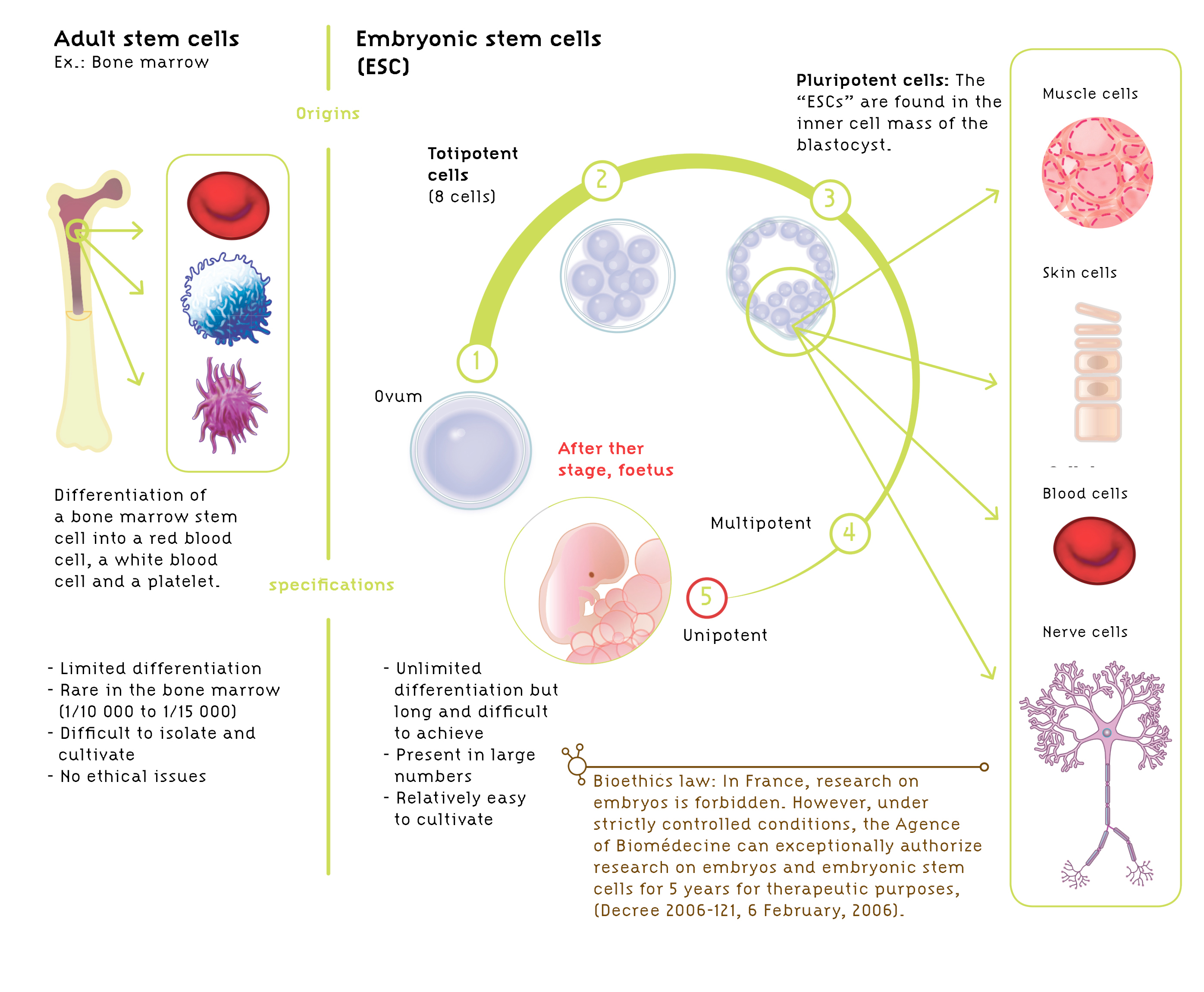

Cell Stem Cell, 6, 25-36.īarker, N., van Es, J. Lgr5+ve stem cells drive self-renewal in the stomach and build long-lived gastric units in vitro. Journal of Pathology, 197, 419-423.īarker, N., Huch, M., Kujala, P., van de Wetering, M., Snippert, H. R., Poulsom, R., Forbes, S., & Wright, N. Journal of Experimental Medicine, 145, 1567-1579.Īlison, M.

The identification in adult bone marrow of pluripotent and restricted stem cells of the myeloid and lymphoid systems. This article is categorized under: Adult Stem Cells, Tissue Renewal, and Regeneration > Tissue Stem Cells and Niches Adult Stem Cells, Tissue Renewal, and Regeneration > Methods and Principles Adult Stem Cells, Tissue Renewal, and Regeneration > Environmental Control of Stem Cells.Ĭell lineage labeling hematopoiesis pluripotency stem cell stem cell markers.Ībramson, S., Miller, R., & Phillips, R. In this sense, stem cells do not exist in isolation but only as a part of multicellular system.

Furthermore, the stochastic mode of division implies that stem cell behavior is a property of a cell population not of an individual cell. In conclusion, it is found that stem cells do not possess any unique and specific molecular markers and stem cell behavior depends on the environment of the cell as well as the stem cell's intrinsic qualities. The CreER method for identifying stem cells in vivo is explained, as is evidence in favor of a stochastic rather than an obligate asymmetric form of cell division. Methods for identifying stem cells are discussed with respect to cell surface markers, telomerase, label retention and transplantability, and properties of the stem cell niche are explored. The modern consensus definition of stem cells, comprising both pluripotent stem cells in culture and tissue-specific stem cells in vivo, is explained and explored. The department's research is carried out in close cooperation with other Institut Pasteur departments, especially Immunology and Neuroscience.The historical roots of the stem cell concept are traced with respect to its usage in embryology and in hematology. The department's scientists analyze the origins of blood stem cells, the formation and regeneration of skeletal muscles, and the properties of embryonic stem cells cultured in vitro.įor instance, one recent study focused on the formation and regeneration of esophagus muscle tissue and how it develops during the aging process another sought to identify the genes responsible for disorders of sex development in humans and a third, together with Necker Hospital, looked at heart formation in mice and congenital heart defects in humans. Monitoring and investigating the behavior of stem cells in embryos and adults requires the use of various model organisms and cutting-edge techniques in (epi)genomics, imaging, genome engineering, pathophysiology and biophysics. It also seeks to shed light on adult stem cell properties. The department's research explores how embryonic cells adopt specific identities, how they assemble and contribute to the formation of tissues and organs, and how they give rise to adult stem cells. Organs themselves contain stem cells that are more specialized and are involved in tissue maintenance and repair in adults. As an embryo develops, these stem cells produce functionally distinct cell lineages that group together to form organs. Embryos are formed from cells known as embryonic stem cells, which start out with the potential to develop into any cell type.


 0 kommentar(er)
0 kommentar(er)
